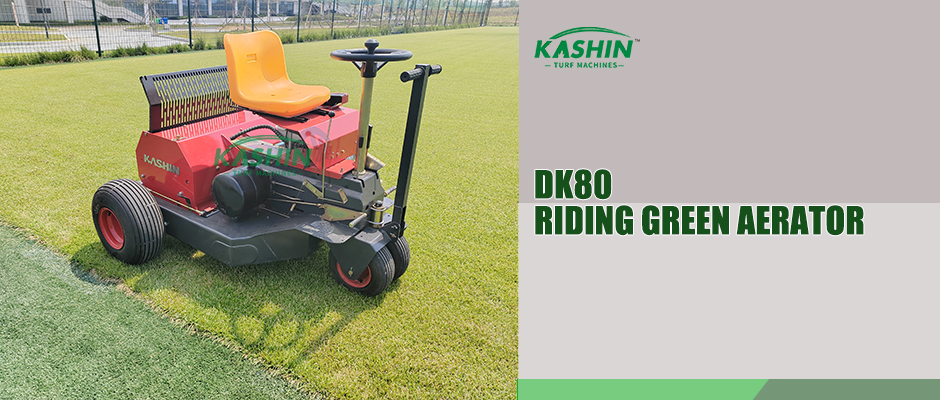After the lawn has been planted for a long time, some lawns will revert back to green in early spring and become yellow, and individual plots may even degenerate and die, affecting the viewing effect. It would be difficult to do so if all replacement costs are high. The author restored the green color of yellowed lawns by adopting a series of technical measures in all aspects of lawn maintenance. The experience is now introduced as follows:
1. Timely irrigation. After rainfall, water enters the soil. After transpiration from the lawn’s leaves, evaporation from the surface, and water seepage into the ground, the water required for lawn growth in dry weather will be seriously insufficient, resulting in yellowing or even death of the lawn. Timely irrigation is necessary to ensure that the lawn Root water requirements.
Irrigation is a prerequisite for ensuring the normal growth of lawns. In the hot summer, irrigation can be used to adjust the microclimate, lower the temperature, and prevent burns, which can enhance the competitiveness of the lawn and weeds and extend its service life. Reasonable irrigation can enhance the resistance of the lawn and resist damage from diseases and insect pests.
The way to determine when to irrigate your lawn is to check the soil with a knife or soil auger. If the soil at the lower limit of 10 to 15 centimeters of root distribution is dry, you should irrigate. Sprinkler irrigation is used to water more evenly. Since the lawn root system is mainly distributed in the soil layer with a depth of more than 15 cm, it is advisable to keep the soil layer moist to 10 to 15 cm after each irrigation.
2.It is necessary to pour frozen water before winter comes. In order to turn the lawn green early, it is necessary to pour green water in early spring.
Combing the wither layer The withered layer hinders the ventilation and absorption of sunlight by the lawn grass, affects photosynthesis, and provides a place for pathogenic bacteria spores and pests to breed and overwinter, leading to the occurrence of diseases and insect pests. Combing can be done once in early spring and once in late autumn. Use a comb or hand rake to remove dead grass, which will help the lawn turn green in time and restore its green color.
3. In addition to water, air, and sunlight, the growth of lawns using urea also requires adequate nutrient supply. Reasonable fertilization can provide the nutrients needed for lawn plants. Quick-acting nitrogen fertilizer can stimulate the growth of stems and leaves of lawn plants and increase their green color. The fertilizer with the highest nitrogen content is urea. In the past, urea was applied manually before the rainy season. Practice has proved that this method resulted in uneven yellow-green color of the lawn and made it susceptible to diseases. This year, we used warm water from the fountain to melt the urea first, and then sprayed it with a water truck, which worked better.
In addition to nitrogen fertilizer, phosphorus and potassium fertilizers are also needed to improve lawn resistance. The time for fertilizing is in early spring, summer, and autumn. Apply nitrogen fertilizer in early spring and late autumn, and phosphorus fertilizer in summer.
4. Lawn Drilling Lawn that has been growing for many years has compacted the surface of the lawn due to rolling, watering, trampling, etc. At the same time, due to the accumulation of the wither layer, the turf grass is seriously hypoxic, its vitality is reduced, and the lawn appears yellowing. Aborting is a form of lawn aeration.
Soil drilling can increase the permeability of the soil, facilitate the entry of water and fertilizer, reduce soil compaction, stimulate the growth of lawn root systems, and control the appearance of the wither layer. Drilling operations should not be performed when the soil is too dry or too wet. Drilling holes in hot and dry weather will cause the root system to dry out. The best time to drill holes is when the lawn is growing vigorously, has strong resilience, and has good environmental conditions. The lawn must be irrigated after drilling and fertilization should also be applied.
5. Prevention and Control of Lawn Weeds, Diseases and Pests The occurrence of lawn weeds, diseases and insect pests will hinder the growth and development of the lawn, weaken its growth, and cause yellowing.
Post time: Aug-07-2024

